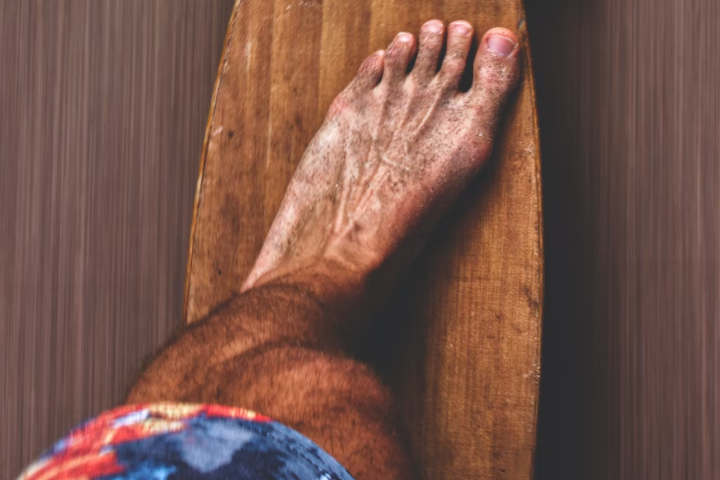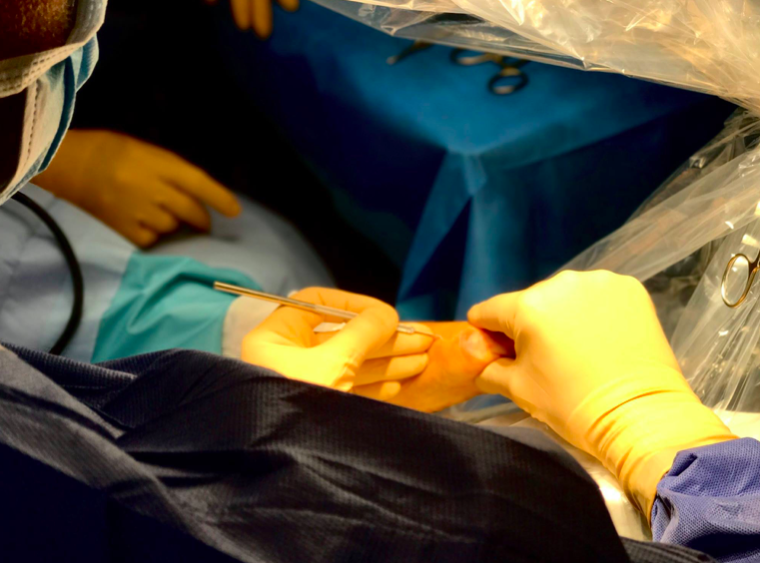
Why Bunion surgery is not what it used to be. How far we have come?
While I perform all aspects of foot and ankle surgery, one of the most common conditions that I manage is bunions. Patients present with bunion deformities for several reasons. These range from cosmetic concerns, difficulty with footwear, pain under the ball of their foot, or pain over the bunion itself. I commonly get asked about patient’s comfort levels following the keyhole technique I use, so I hope you find the below article helpful.
Bunions are a very common orthopaedic condition that affect around 30% of the population. The chances are that someone you know has them, and you likely know of someone having had these corrected surgically. While traditional bunion surgery previously developed a reputation for being a painful procedure, there have been many recent advances in techniques, that are now ‘chalk and cheese’ in comparison to these older techniques.
I routinely perform 100% of my bunion corrections utilising a ‘keyhole’ minimally invasive technique. This is a technique that was developed in France and the UK, and is now being adopted throughout the world. Once of the main advantages that I have noticed with my patients using this keyhole bunion technique, is the overall comfort that they have following the procedure. I routinely let my patients mobilise immediately following the procedure, in a postoperative shoe.
The keyhole technique allows the procedure to be performed through 4-5 tiny portals (2-3mm), in comparison to a longer incision over the inside of the foot. As I commonly explain to patients, this reduced ‘soft tissue dissection’ goes a long way to keeping our patients comfortable.

Bunion surgery typically requires what we call ‘osteotomies’ of two of the bones in the big toe. This allows us to realign the toe, and remove the ‘bump’ on the inside of the foot. Some of the traditional techniques relied on strong bandages following the osteotomies, in an attempt to keep the toe straight. One of the potential drawbacks of this, is that the micro motion that occurred between the bones would lead to an uncomfortable experience. The keyhole technique that I use, incorporates small screw fixation of the bones, in the new position. This helps keep the ‘osteotomies’ stable during the healing phase. This is another large factor contributing to the reduced pain that I have experienced with our patients.
Of course, I need to give my experienced Anaesthetists credit also. Recent techniques now allow for the anaesthetists to perform ‘ankle blocks’ for all of my patients. This is a technique that numbs all of the nerves around the foot, so that patients wake up without pain.
Overall, I see that the majority of our patients are pleasantly surprised with how comfortable they are following the procedure. The factors that I have outlined above all play an important role contributing to this.
